
Hamsa
-

Hamsa Pendant Golden Touch
$60 – $67 This product has multiple variants. The options may be chosen on the product page -
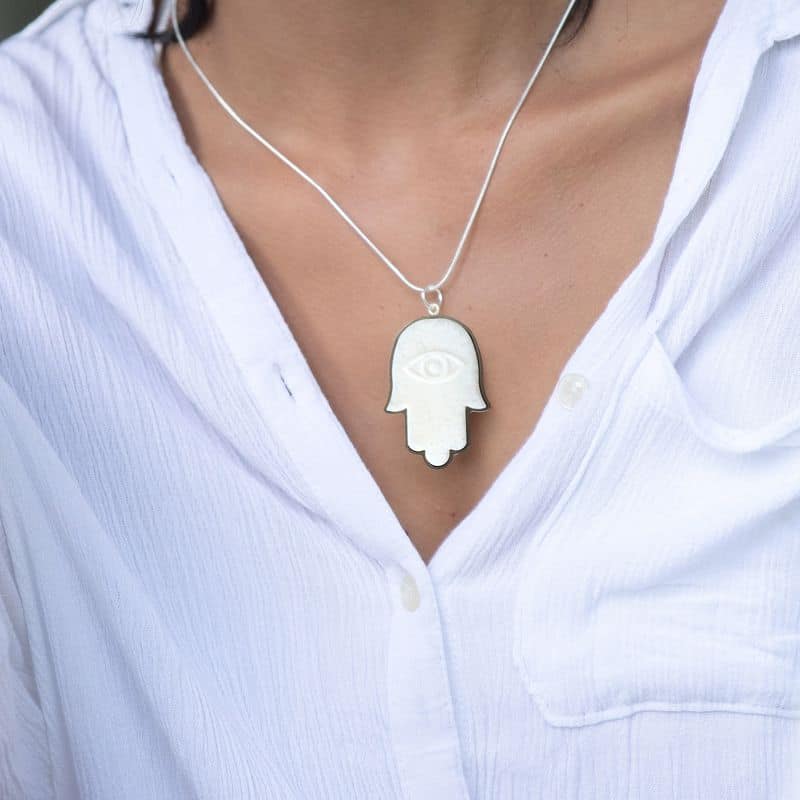
Hamsa Pendant Evil Eye
$60 – $67 This product has multiple variants. The options may be chosen on the product page -
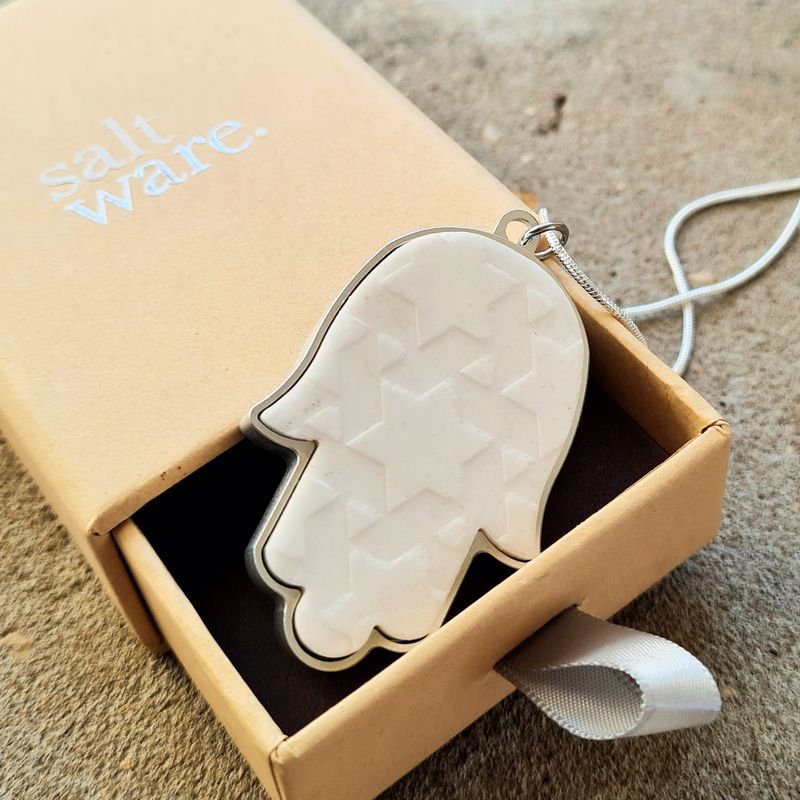
Hamsa Pendant Star of David
$60 – $67 This product has multiple variants. The options may be chosen on the product page -
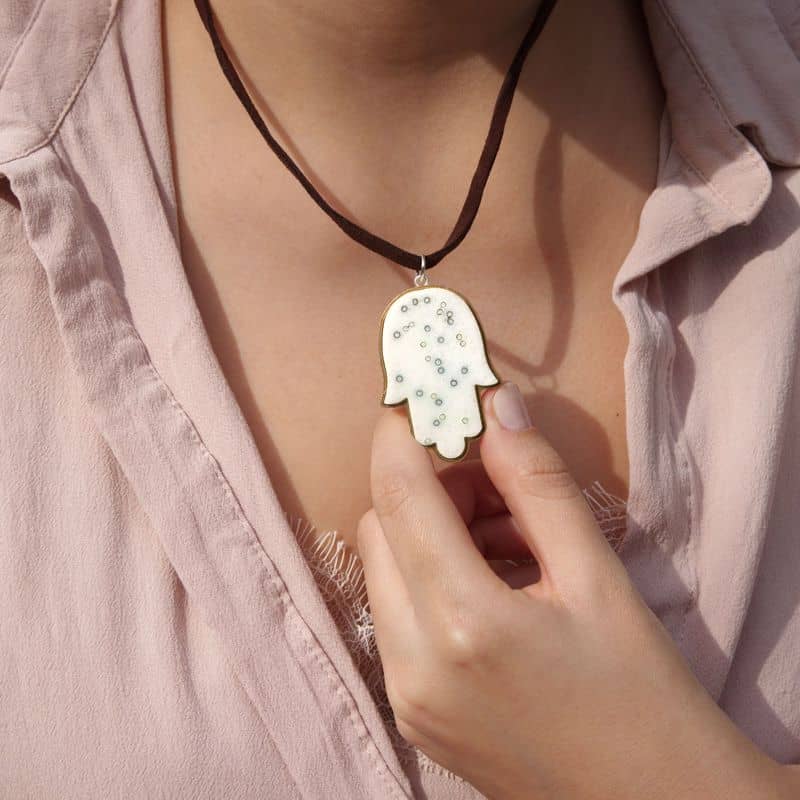
Hamsa Pendant Glittering Glimpse
$60 – $67 This product has multiple variants. The options may be chosen on the product page -
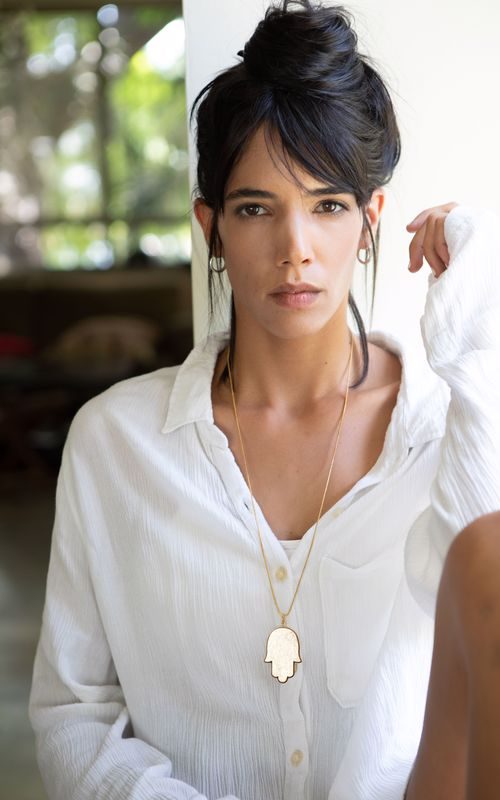
Hamsa Pendant Pure White
$60 – $67 This product has multiple variants. The options may be chosen on the product page -
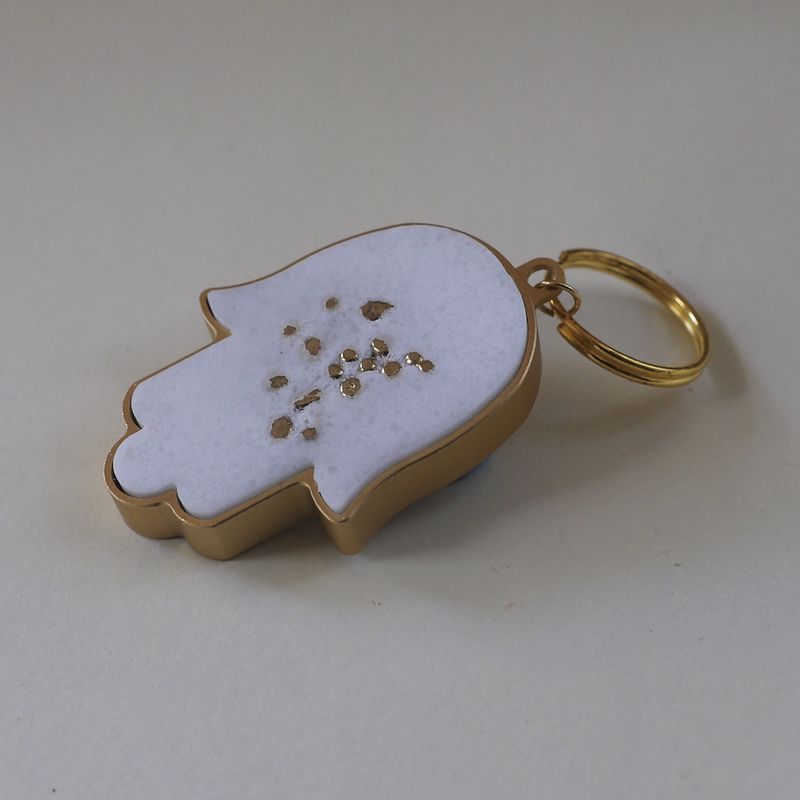
Hamsa Keychain Secret Heart Gold
$60 This product has multiple variants. The options may be chosen on the product page -
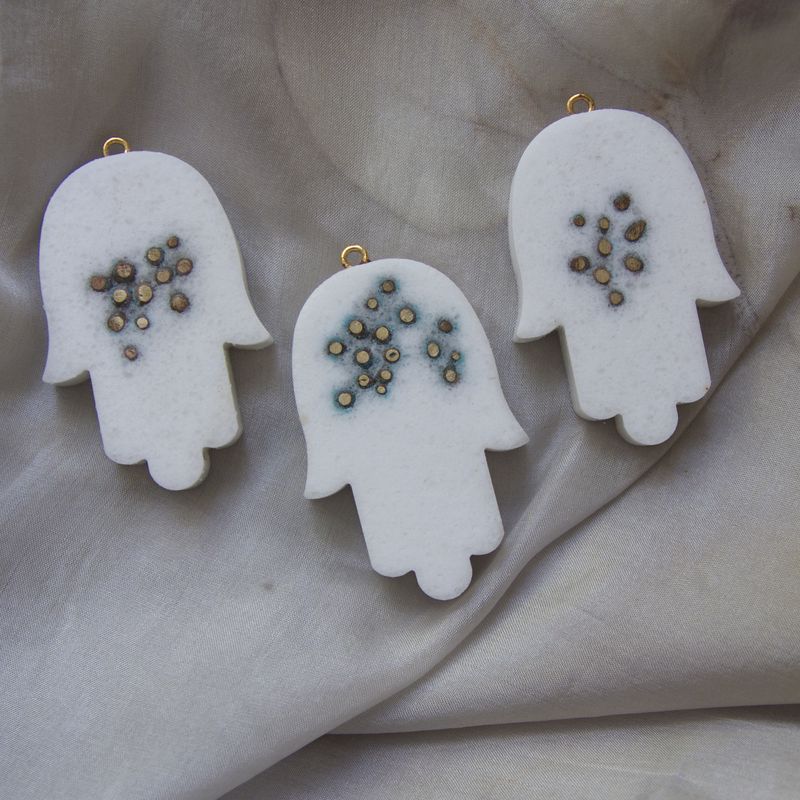
Hamsa Pendant Secret Heart
$60 – $67 This product has multiple variants. The options may be chosen on the product page -
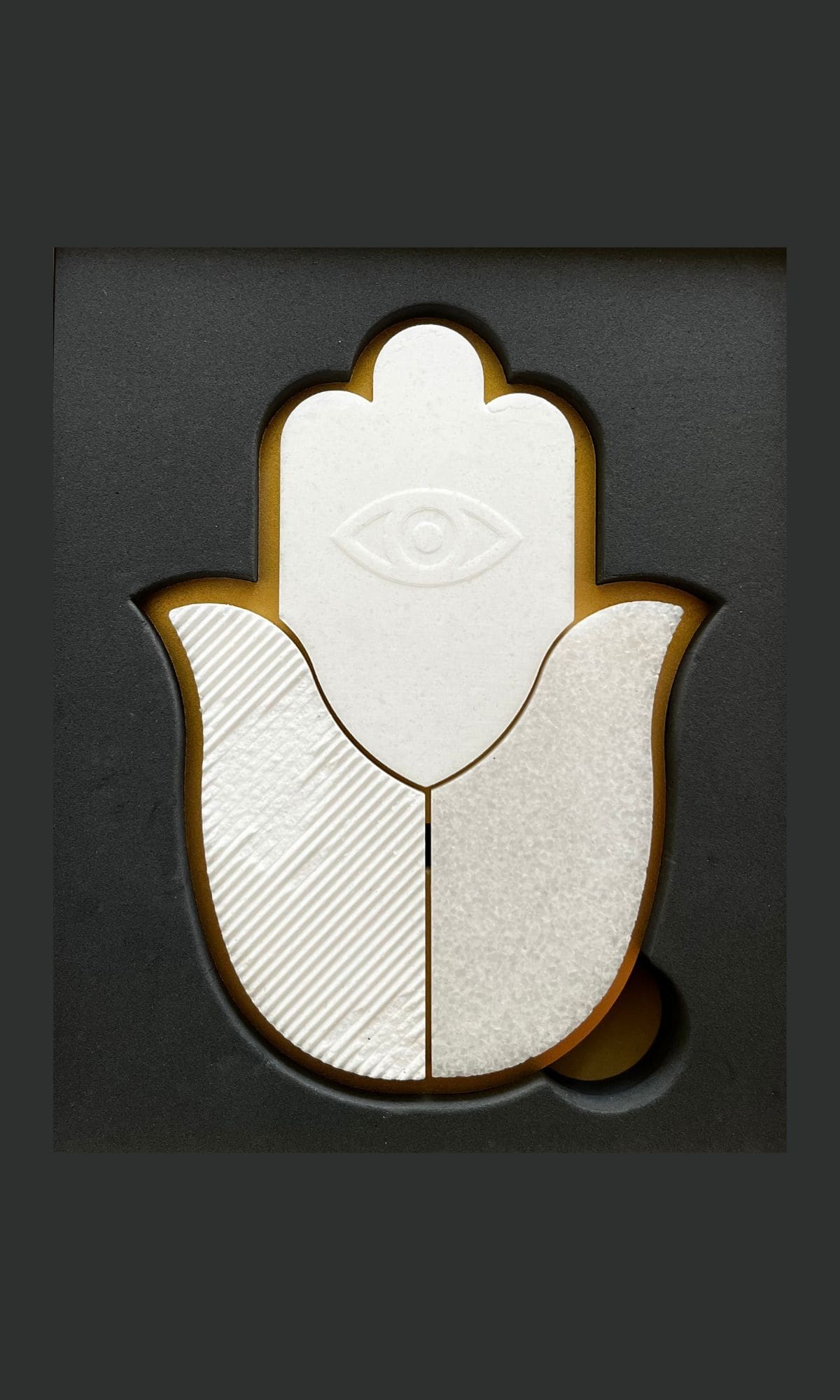
Hamsa Wall Decor Evil Eye
$146 This product has multiple variants. The options may be chosen on the product page -
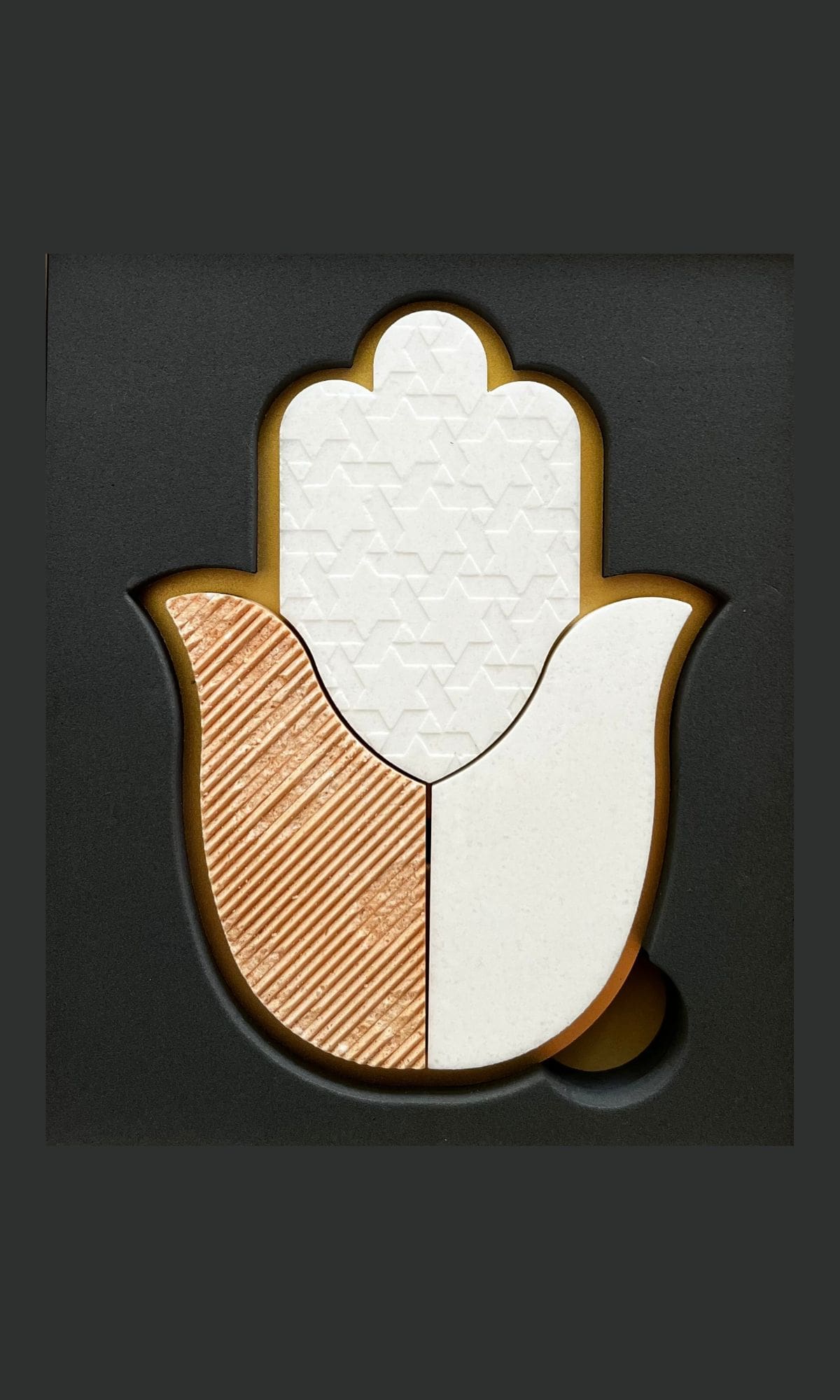
Hamsa Wall Decor Star of David
$146 This product has multiple variants. The options may be chosen on the product page -
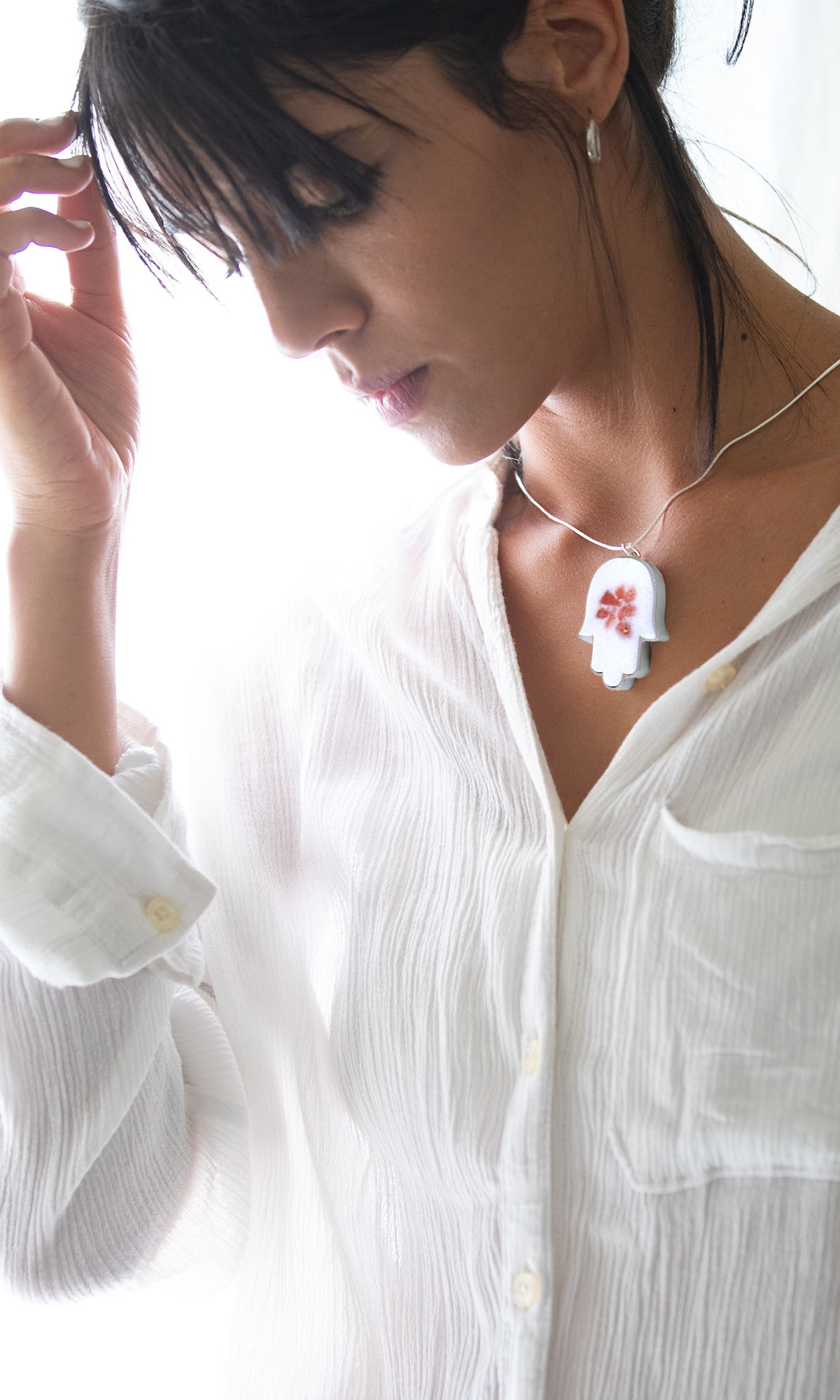
Hamsa Pendant Sweet Rosy
$60 – $67 This product has multiple variants. The options may be chosen on the product page -
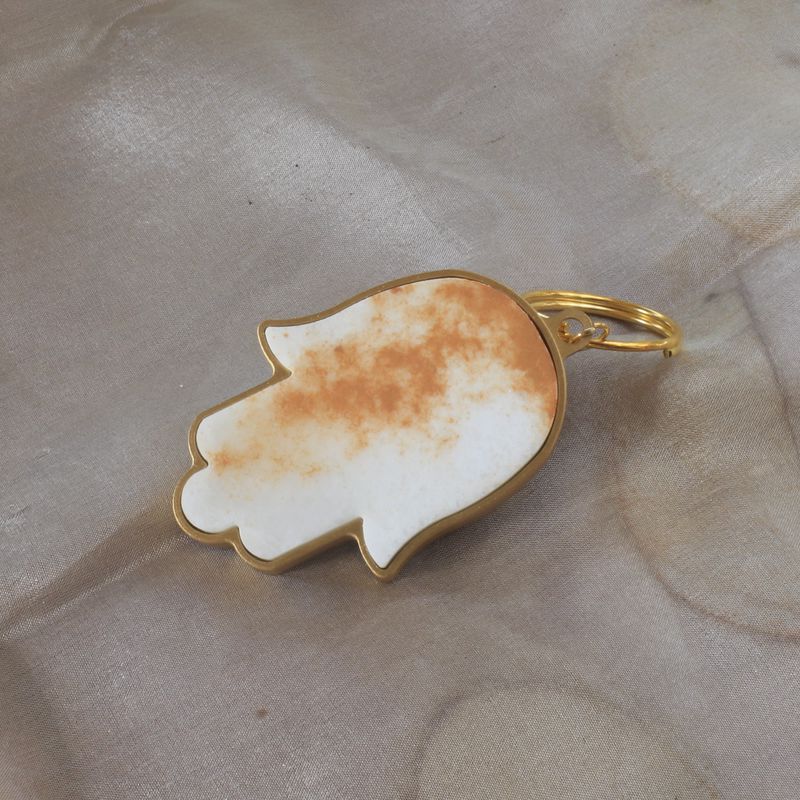
Hamsa Keychain Golden Touch
$60 -
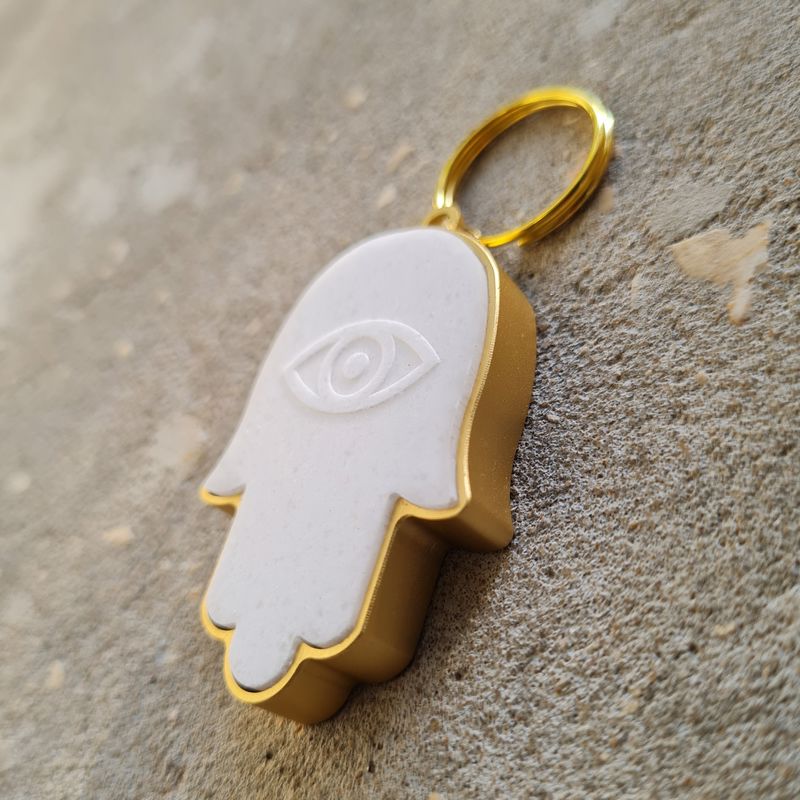
Hamsa Keychain Evil Eye
$60 This product has multiple variants. The options may be chosen on the product page -
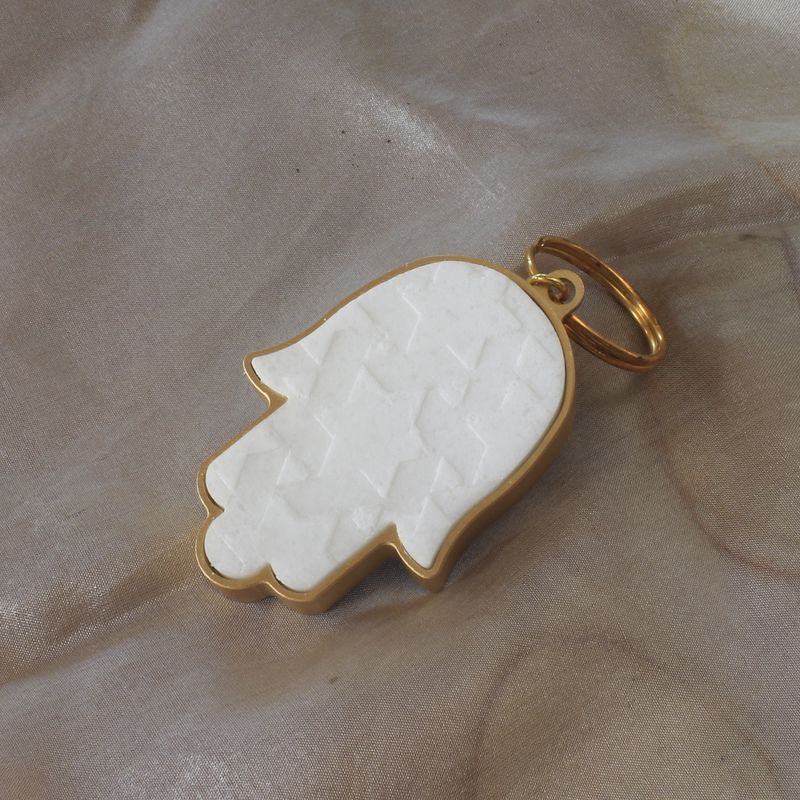
Hamsa Keychain Star of David
$60 This product has multiple variants. The options may be chosen on the product page -
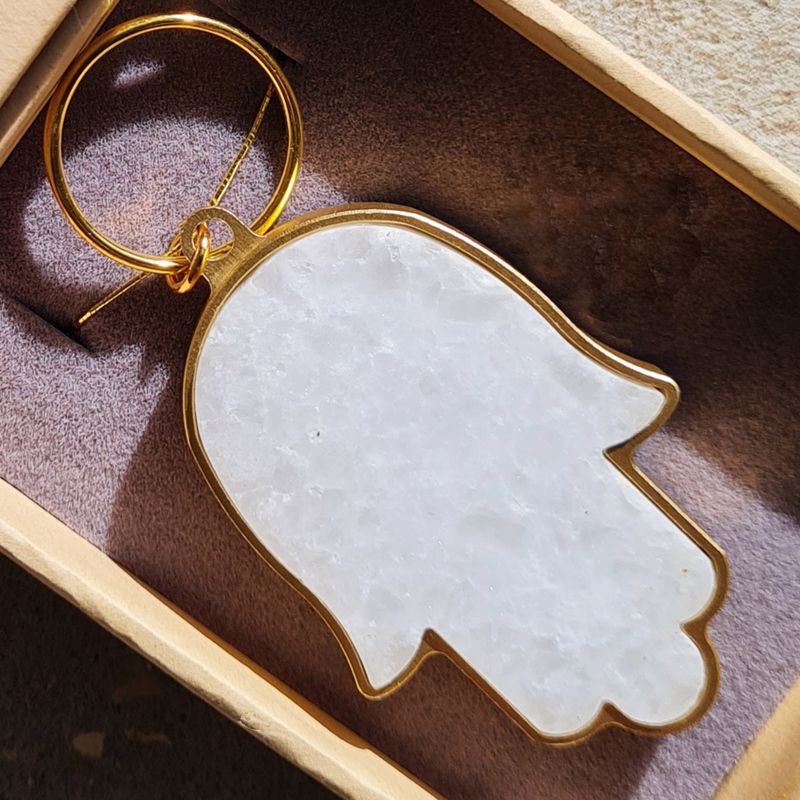
Hamsa Keychain Pure White
$60 This product has multiple variants. The options may be chosen on the product page -
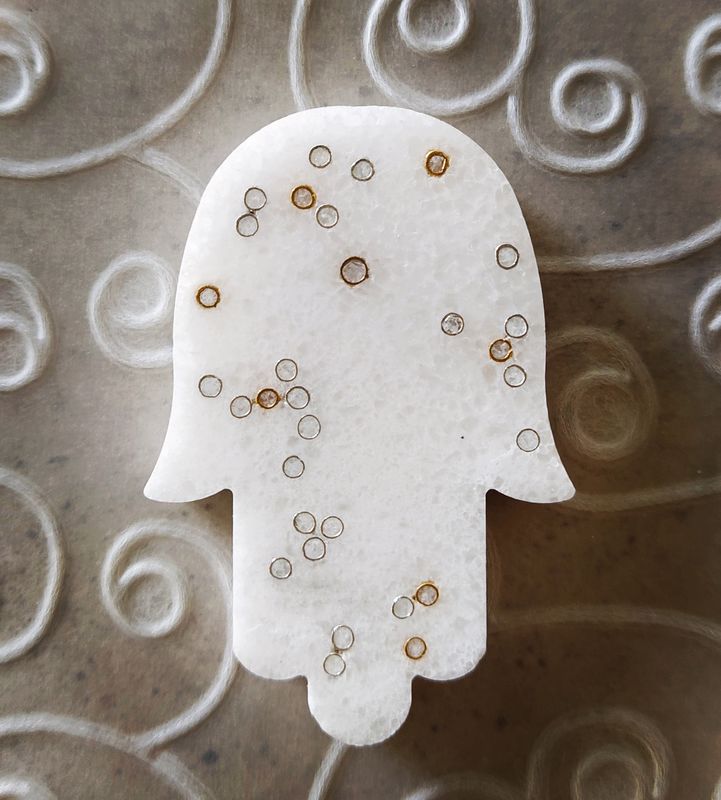
Hamsa Keychain Glittering Glimpse
$60 This product has multiple variants. The options may be chosen on the product page -
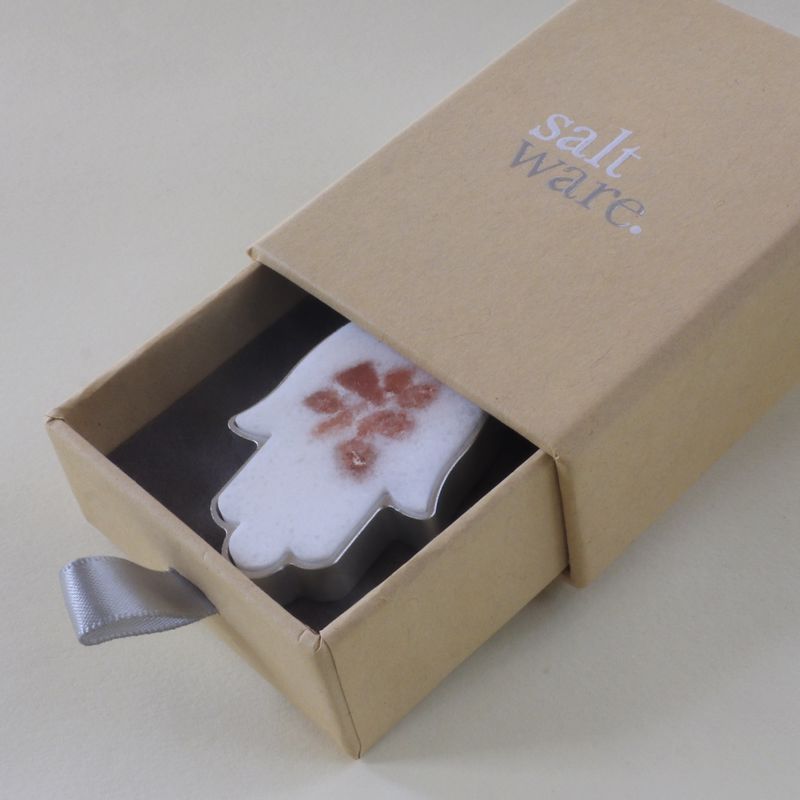
Hamsa Keychain Sweet Rosy
$60
My
Story.
Hi, I’m Lia Bruce, the body and salt behind SaltwareDesign. My professional path leads me through architecture studies at the Technion in Haifa, a bachelor’s degree in Fine Arts, and a master’s degree in Industrial Design at Bezalel Academy in Jerusalem. The combination of art, design, and eco living is expressed in my SaltwareDesign. My love affair with salt began as a child, inspired by my grandmother, who sewed salt into little cotton bags to be worn as protective amulets. As an artist I created installations with the raw material with a constant aspiration to give it a solid manifestation.
The groundbreaking technology that allowed her work to form the residual salt into such forms, textures, colors, and shapes is an integral part of her initiative of SaltwareDesign.
In 2015 Professor Daniel Mendler from the Institute of Chemistry at the Hebrew University answered a public call by the Israeli government for a practical solution to handle a vast amount of cooking salt that accumulates as a residue of the Dead Sea mining.
Professor Mendler and his team developed a sustainable technology that turns the salt into a robust, 100% green three dimensional object with no synthetic additives, durable to pressure and humidity, and manufactured in a very low energy consumption process.
As a designer,Bruce sought to merge salt’s scientific and technological challenges with its crucial significance in culture and found this life mission in the unique dead sea salts.
My interest in the mystical nature of salt grew as I collaborated with the Chemistry Institue at Hebrew university, which was looking for a way to reduce the environmental impact of salt mining in the Dead Sea. Combining creative impulse, engineering challenge, and my desire to heal our environment, I sought practical, innovative, and inspiring solutions. SaltwareDesign was born from this quest.
My Story.


